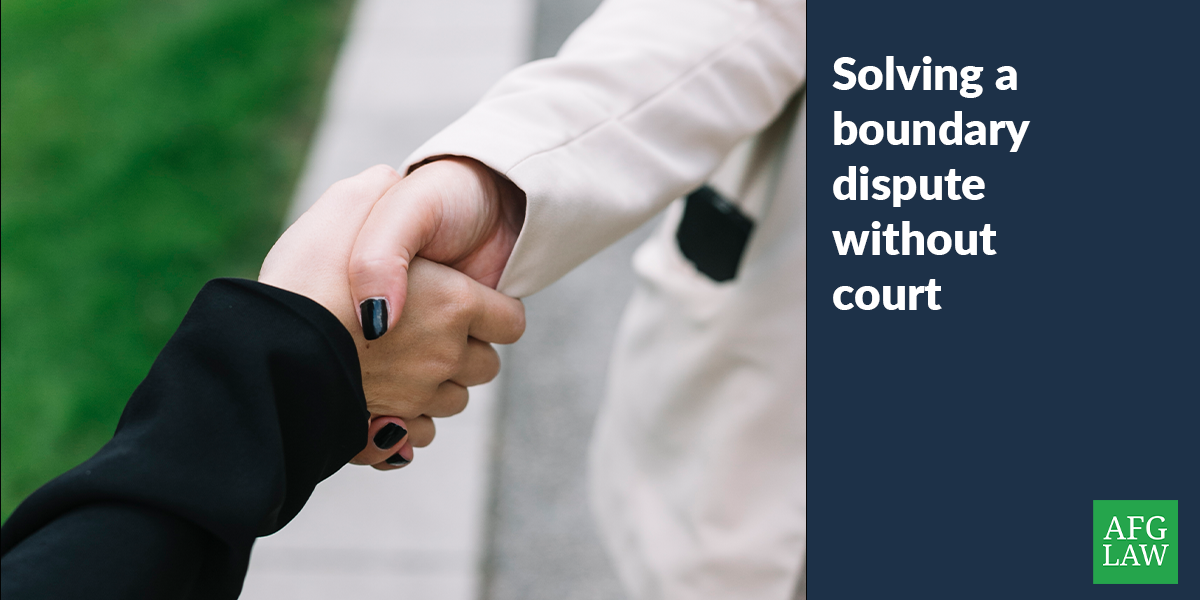In basic terms professional negligence is where a professional person (this could be a financial adviser, valuer, surveyor, accountant or solicitor) fails to perform to the standards required of them, resulting in their client suffering damage or loss. A professional person has a duty of care to their client to perform their job to a reasonable standard and with reasonable care.
When does negligence occur?
Negligence occurs if the professional has not provided a reasonable level of skill and care and the level of service or standard of work that you could reasonably expect from a professional working in those circumstances.
We now rely more on the opinion of professionals, some of this work can be extremely complex and individuals and businesses are now more aware of their legal rights and exercise them accordingly.
We understand how to achieve the best outcome in what can be difficult and sensitive situations and how to apply the pre-action protocol effectively.
We can help you to assess the prospects of your claim and, in appropriate cases where we assess the prospects to be sufficient, help you to find suitable funding to pursue your claim and manage the financial risk of bringing court proceedings.
To discuss your professional negligence issue please contact a member of our team on 01204 377 600. Alternatively, you can send an email with your name, contact information and brief details as to the nature of your issue to disputeresolution@afglaw.co.uk and one of our team will be able to help you







